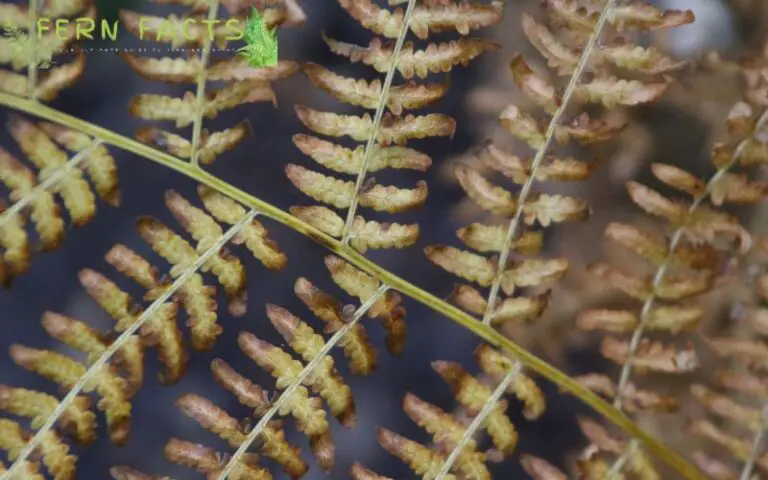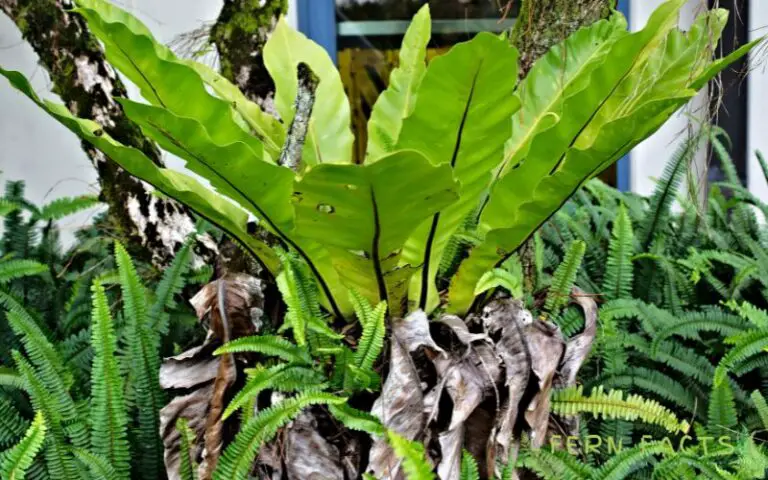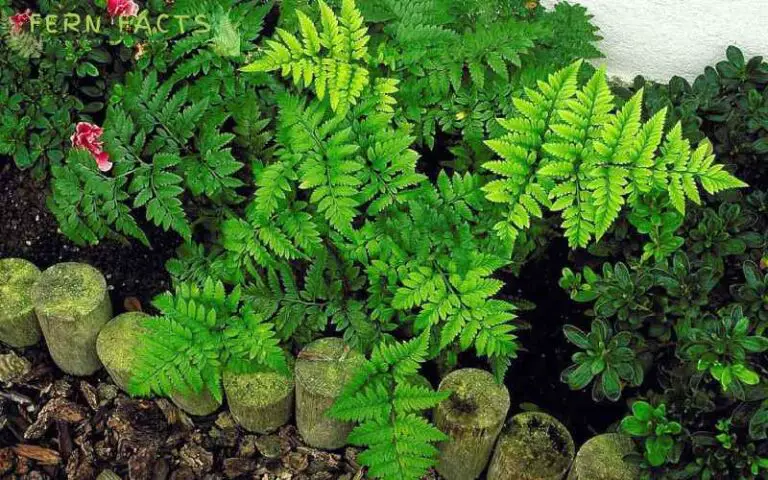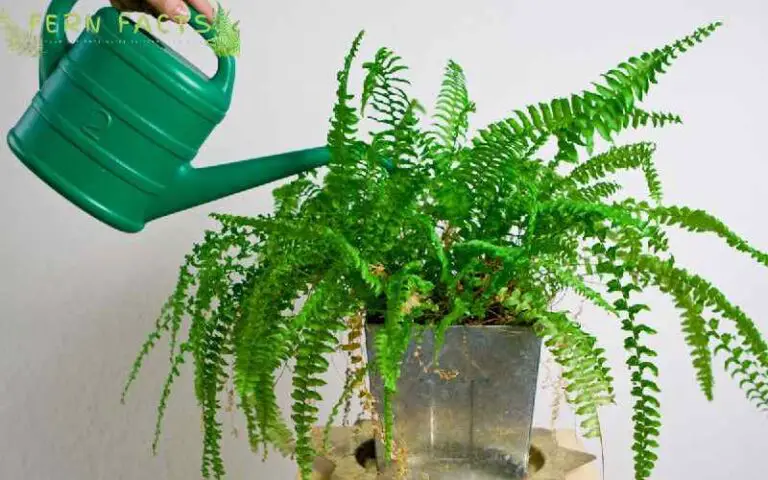How to Care for Kimberley Queen Fern (Watering, Fertilize, Pruning, Propagation)
Have you heard of Kimberley Queen Fern? Although it’s not as famous as other typical ferns, it’s still counted as a traditional indoor plant for economic growth.
If you want to grow these typical indoor plants in your house, then follow up on this article. Here, I’ll give you a wholesome idea about the Kimberley Queen fern and its characteristics.
Side by side, I’ll also give you their ideal growing conditions, overwinter care tips, propagating tips, and pest solutions. So let’s begin the topic in detail analysis.
Overview of Kimberly Queen Fern
- Botanical name: Nephrolepis obliterate
- Common names: Kimberley Queen fern, Australian Sword fern,
- Plants: Perennial
- Native Region: Australia
- Shade requirements: partial or full shade
- Height: around 2 to 3 ft tall
- Width: around 2 to 4 ft Width
- Soil type: moist and well-drained
- Soil pH: acidic and neutral
- Hardiness: 9,10,11
Kimberley Queen fern is an Australian native perennial fern belonging to the Nephrolepidacea family. Although these Queen ferns natively belong to Australia, they have been recently cultivated worldwide as indoor plants.
It’s not a popular fern like other ferns (Boston, Holly, Lady, Staghorn, etc.), but it’s still a well-suitable plant for typical indoor decoration.
Kimberley Queen Fern is often misspelled without the second “e” as “Kimberly”; however, according to the trademarked Westland laboratories PLY. Ltd Kimberley’s word is written with an additional “e.”
They deliberately added an extra e to promote their trademark and product in this name. Thus, in that time Kimberley Queen Fern is written as “Kimberley ” not “Kimberly.
This Kimberley Queen fern has upward bushy green fronds that also resemble a sword. That’s why, it’s another name is Australian Sword ferns which mostly refer to the native ones.
You can also read this content about: Kimberly Queen Fern vs Boston Fern
Kimberley Queen Fern Growing Requirements
Let’s find out the basic requirements for growing these ferns so that you can have amazing indoor plants at your house.
Shade requirements
Kimberley Queen Fern thrives in dappled, filtered, and bright places. Thus, they prefer partial to fully shaded places to thrive. Bright and indirect sunlight would be a blessing for this plant to thrive.
That’s why locate them in such a place where they can get dappled shade. You can place them near a window where they can get indirect or filtered sunlight.
Try to avoid direct sun exposure which can burn their sword-like green bushy fronds.
Watering requirements
Kimberley Queen ferns prefer moist and damp conditions. Neither much water nor too much dry condition. Therefore, you need to water them until the soil is moist to a sufficient level.
Try to avoid overwatering or waterlogging their soil. They cannot stand overly soaked water which can rot their roots. Generally, you can give this fern water once per week.
However, it also depends on the lightning like how much heat they are consuming. If it’s an indoor plant, then they might need less water as they get less exposure to sun heat.
However, if it’s an outdoor plant, then it might need enough watering according to its soil conditions. Don’t dry out the soil fully, rather let the soil be moist and damp.
For instance, you can water your indoor plants once a week. Similarly, for your outdoor ferns, you can water them twice or thrice a week according to the heat level.
Since they are quite sensitive ferns, too much or too little would be problematic for them.
Soil requirements
These Kimberley Queen ferns need moderate acidity or neutrality with well-drained soil. So, try to make the potting soil rich in humus properties like organic matter, leaf mold, and peat moss.
All these proponents will enrich the soil’s nutrients and hold the moisture in the soil. Even well drainage soil can absorb enough water from the soil as well.
Temperature and humidity
The ideal temperature would be 16°C to 24°C or 65°F to 75°F for Kimberly Queen fern to thrive. Since they are in the 9 to 11 hardiness zone plant, therefore they enjoy a humid atmosphere.
They don’t prefer the excessively cold atmosphere or frost conditions around them. Therefore, you might need to bring your outdoor potted plants into the house before the cold season begins.
Otherwise, you can do some overwinter care to protect your plants from winter.
Additionally, their fronds can get dull and dehydrated if they are in a less humid place. Therefore, you might have to increase the humidity around your plants by placing a pebble tray or a humidifier.
It will help to intensify the humidity levels around your Kimberley ferns.
Fertilizer
Like all other ferns, these Kimberley Queen ferns also need fertilizer during their growing seasons. They don’t need highly intense fertilizing; just a minimum feeding would be okay for them to thrive.
Thereupon, during the early spring and summer seasons, feed your plants. For feeding, use liquid fertilizer with half strength in NPK ratio for a month.
Overwinter Care for Kimberley Queen Fern
Well, as I have already shared, Kimberley Queen fern is intolerable with frost in cold seasons. Thus, you might have to do some pre-winter preparation to protect your ferns from winter.
That’s you, you need to bring your outdoor potted ferns at home before winter begins. If they are planted in the ground, then mulch should be added to their soil surfaces.
Mulch will hold moisture in the soil and protect the roots from frost. Besides, you can cover your ferns with burlap or plastic wrappers to protect them from heavy winds.
Kimberley Queen Fern Problems and Solution
Well, like other normal ferns, they can also be affected by normal pests or insects, such as bugs, spider mites, mealybugs, and aphids.
To eradicate those issues, you can use insecticidal soaps or pesticides on your ferns. Just follow the guidelines on the package while you apply.
Try to maintain consistency in this treatment until you make sure your fern is fully cured.
How to Propagate Kimberley Queen Fern
You can easily grow plenty of new plants by dividing these ferns by their roots. Follow the steps below to separate your Kimberley queen ferns at home easily.
- Dig up the whole plant from the pot or ground during early springtime.
- Wear gloves if you have any shovels or scissors. It will give you extra protection.
- Later, divide the roots from the primary plants with a trowel or knife. You can also use your hand to divide the rhizomes.
- Make sure each side has an equal sort of root.
- Prepare the new potting soil. Moderately acidic, neutral, and rich humus soil with good drainage would be perfect for these ferns to thrive in.
- Then replant every section into a pot or container or your garden land.
- Finish the propagation process by giving water to your ferns.
Wrap Up
In short, Kimberley Queen fern is an Australian native fern that resembles a sword. Although it is not as popular as other renowned ferns, it’s still cultivated as a typical indoor fern worldwide.
You can have thriving Kimberley Queen ferns at your home by giving them their ideal condition. Additionally, a little overwater caring and pest problem maintenance can give them healthy thriving growth as well.
Frequently Asked Questions (FAQ)
Can Queen Kimberley ferns grow both indoors and outdoors?
Yes! Indeed they can be grown both indoors and outdoors with their ideal conditions.
What is their ideal temperature for growing?
These ferns can thrive at 16 to 24 degrees Celsius.
How often do they need water?
In general, they need watering once a week. However, this varies depending on the climate and environmental factors.
Why are these Kimberley Ferns turning yellow?
Inadequate lighting, humidity, watering, or over-fertilizing are possible reasons. All these factors could cause your plants to have yellow fronds.







